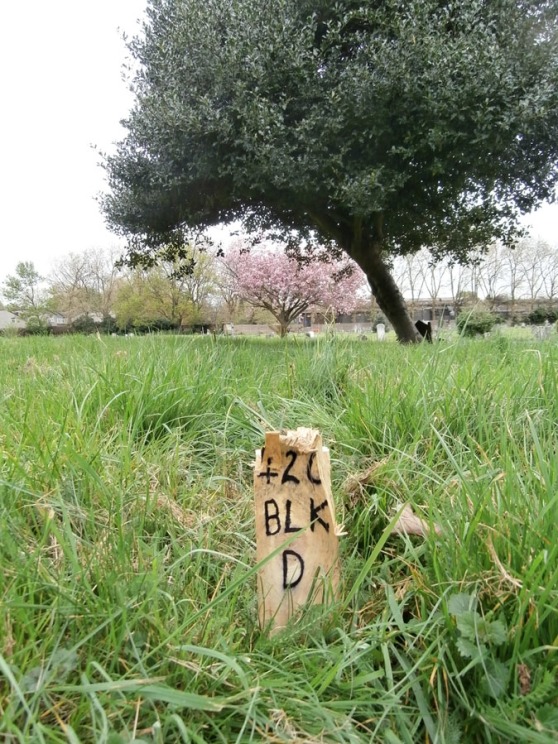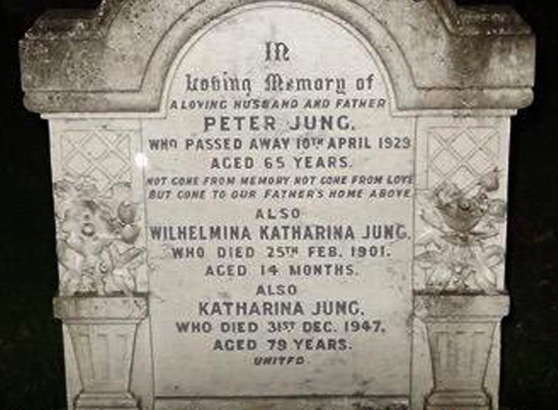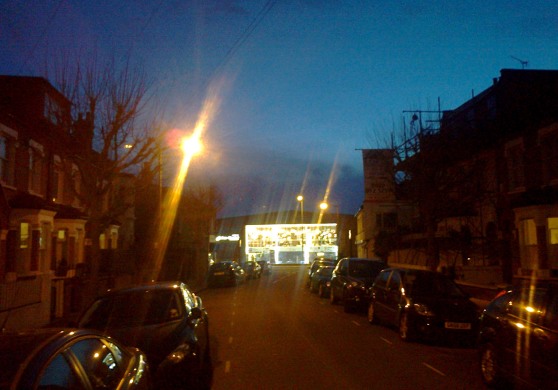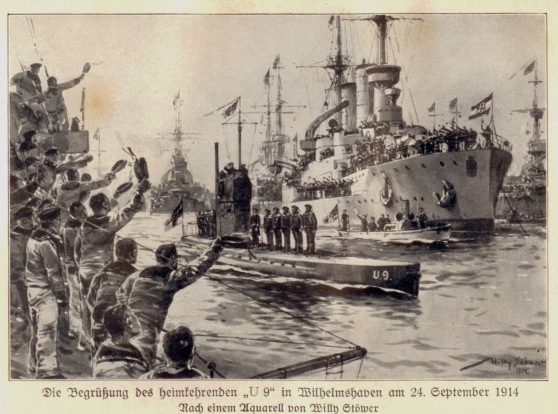Shortly after the war started, a propaganda movement encouraged women to hand out white feathers to young men not wearing military uniform. The idea being that this direct assault on their masculinity would shame them into joining the army. For many reasons the recipients of these feathers were undeserving of such treatment and to counter it, military authorities were prompted to produce what was known as a ‘silver war badge’ ostensibly to stop service personnel who had been honourably discharged due to wounds or sickness being publicy humiliated. Similar badges were issued to those working in ‘protected industries’. No one could accuse William Henry Mullinger Mace of deserving a feather. He must have only just turned sixteen when he enlisted with the Brecknock Battalion of the South Wales Borderers on 13th November 1914. One moment he was living with his mother and step-family at No 2, Thurso Street, then the teenage stonemason’s labourer was off to Brecon. Unfortunately, somehow he soon became seriously ill and was discharged on 12th May 1916 without ever serving overseas. Little is known about his military service except that he was awarded a silver war badge. He died on 13th March 1917 from pulmanory tuberculosis, aged eighteen. His brother Arthur, also in a Welsh Regiment, died a year later of the same disease. The St Mary’s parish magazine indicated that Arthur had died in hospital and was buried locally. I soon discovered that both Maces were interred in Streatham Cemetery and made a visit. It may be a complete coincidence, but whilst the attendant at Lambeth Crematorium on Blackshaw Road was looking for the ledger, I picked up a leaflet from Trinity Hospice (I liked the font they used). The ledgers revealed that William and his brother Arthur were buried in public graves. Arthur shares his with twelve other people, Willliam with ten. He isn’t the youngest in that grave, five of those with him were under two years old. There is nothing to mark any of them. Very fortunately, Arthur’s military service records survive in the National Archives and they provide a small clue about William. Amongst his medical reports it simply stated that ‘a brother was invalided out of the army with the same condition’. William’s death certificate indicated his regiment and the place where he died, an establishment called The Hostel of God at 29, Clapham Common Northside. A hospice for the terminally ill had been established in 1891 by the banker William Hoare to provide a home ‘for the man who is neither curable nor incurable, but simply dying’. By 1894 there were ten beds, and although it had grown to 55 spaces by 1933, William would have been lucky to secure his place. It was initially run by the Sisters of the Poor, and later by St Margaret’s nursing order of nuns. The site of this stands in the tranquil north-east corner of Clapham Common not too far from the Holy Trinity Church, close to a collection of pubs in an area called ‘Old Town’. Originally the site of a grand mansion called Clapham Palace, then a large private home known as The Elms, it was briefly a girls school before becoming The Hostel of God in 1900. I was intrigued to find out where William Henry Mullinger Mace died and was astonished when I went to have a look, to see a blue plaque and find that some fifty years before William arrived, The Elms had been the last home of Sir Charles Barry, the architect of the Houses of Parliament who lived there between 1853 and 1860. What a contrast. William, in an unmarked grave somewhere in a patch of grass in Block D, Streatham Cemetery, Summerstown. Sir Charles, remembered with a marble sculpture in the Palace of Westminster and a tomb in Westminster Abbey. Yet they both died at 29, Clapham Common Northside. After the Second World War the hostel took over three neighbouring houses and the name was changed to Trinity Hospice in 1980. Its still there, providing its specialist services free of charge for those who need them in its community of over 750,000 people from central and south-west London. It celebrated its centenary in 1991, appropriately enough with a service in Westminster Abbey. It would be fitting if the centenary of William Henry Mullinger Mace’s death was to see some formal recognition of the sacrifice of this forgotten young soldier from Summerstown.
UPDATE: On 8th December 2014 we heard that William Mace had been rejected for Commonwealth War Grave Commission recognition by the Ministry of Defence adjudicators. His brother Arthur was accepted. The crucial difference was that the cause of William’s death, ‘pulmonary tuberculosis’ was something that he was suffering from before he joined the army and not aggravated by his service. His record contains a ‘Report of the Medical Board’ dated 27th April 1916 which states that the origin of the disease was ‘about 4 years ago’ and noted that Private Mace developed the disease whilst working as a pawnbroker’s assistant. This was due to ‘exposure to chills and probably contact and unhealthy life in pawnbrokers’. The vital statement signed by the Director General Army Medical Services (G.A.M.S.) reads ‘This man’s present condition cannot be regarded for pension purposes as due to or aggravated by: a. Service since declaration of war b. Climate c. Service generally’. The adjudicators decided in 2014 that ‘As a result of the conclusive nature of the Medical Board and G.A.M.S. statements, preventing the formation of any link between cause of discharge and death, Pte. Mace does not qualify for commemoration by the CWGC’.



























